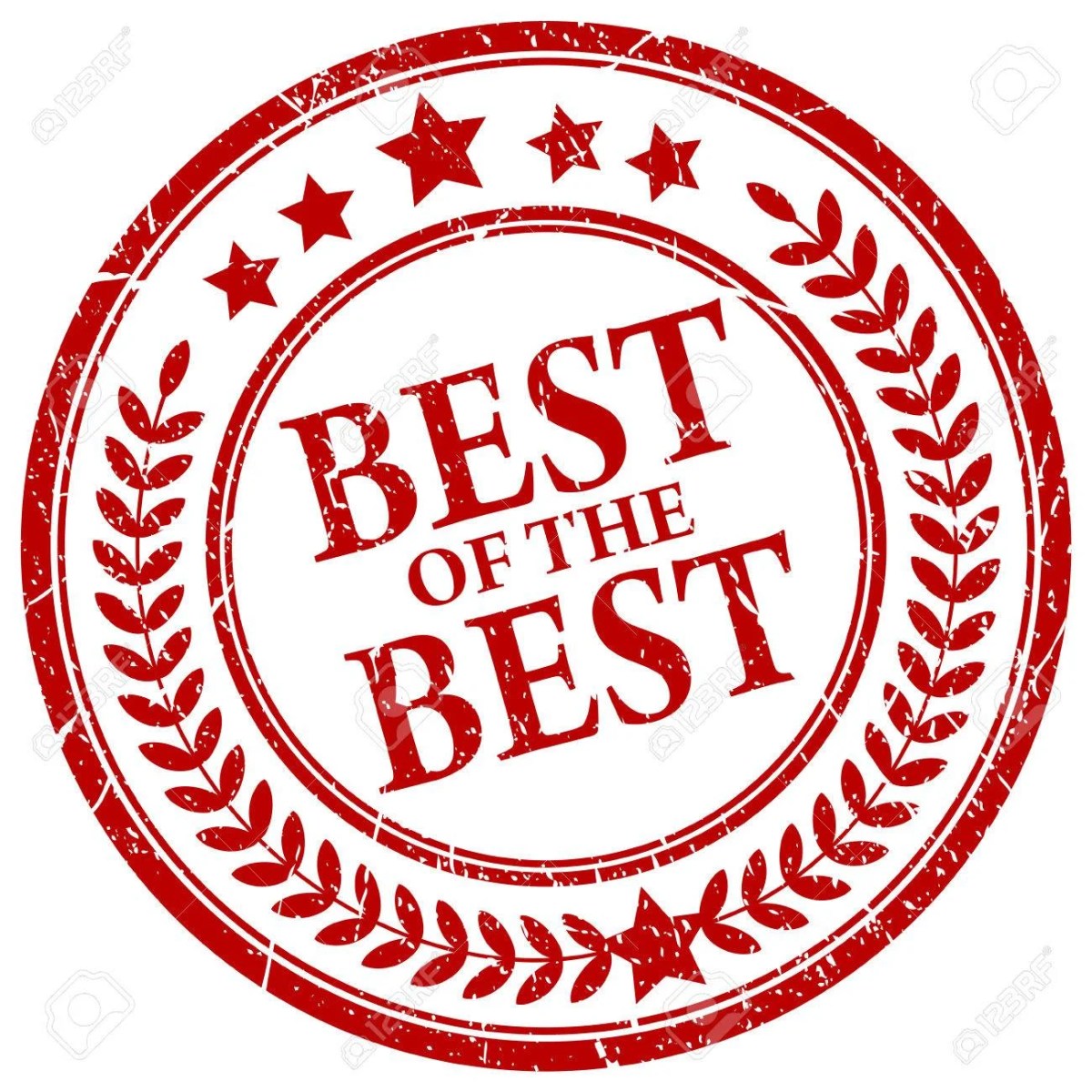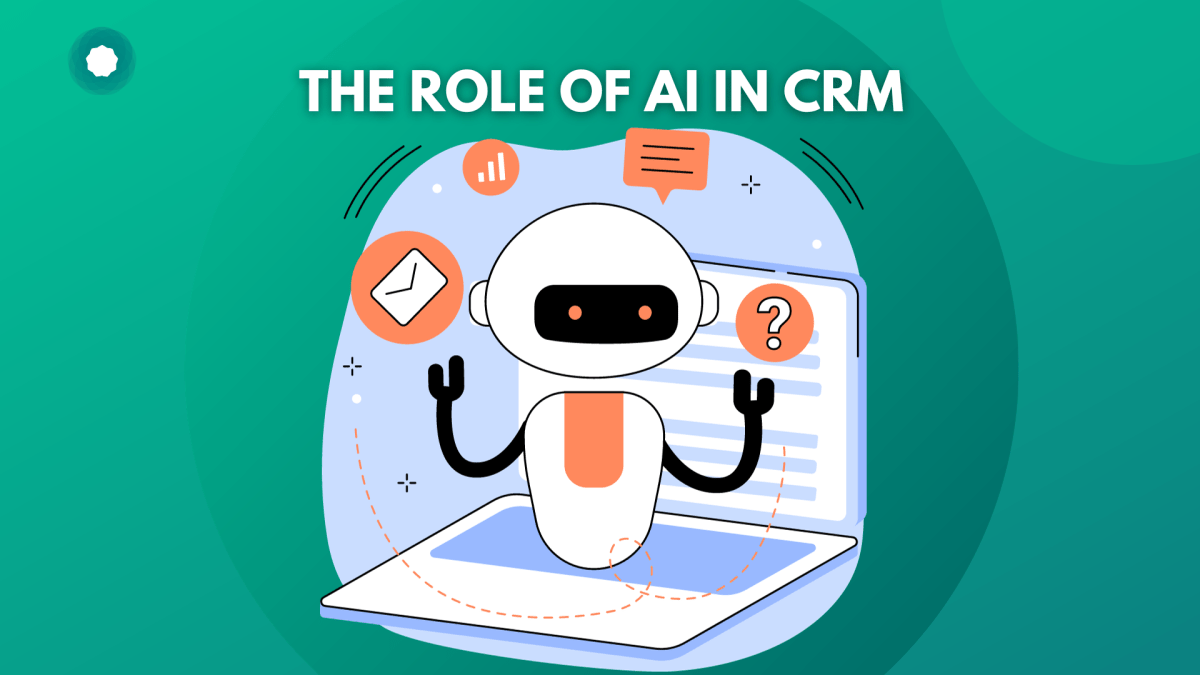CRM Software Cost: 7 Shocking Truths You Must Know in 2024
Thinking about CRM software cost? You’re not alone. Businesses worldwide are trying to balance powerful features with budget limits. Let’s uncover what really drives pricing—and how to get the most value.
CRM Software Cost: Understanding the Big Picture

When evaluating CRM software cost, it’s essential to look beyond the sticker price. Customer Relationship Management (CRM) systems are no longer just for large enterprises; they’re vital tools for startups, SMBs, and global corporations alike. The price varies dramatically based on features, deployment models, user count, and scalability. According to Gartner, the global CRM software market exceeded $80 billion in 2023, reflecting its critical role in modern business operations.
CRM software cost isn’t a one-size-fits-all number. It can range from free plans for solopreneurs to six-figure enterprise contracts. The average monthly cost for a mid-tier CRM like HubSpot or Salesforce starts around $50 per user per month. But implementation, training, customization, and integration can add thousands more to the total cost of ownership (TCO). Understanding this complexity is the first step toward making a smart investment.
What Is CRM Software?
CRM software is a digital platform designed to manage all your company’s interactions with current and potential customers. It consolidates contact information, tracks communication history, automates sales workflows, and provides analytics to improve customer engagement. Think of it as a centralized hub for your sales, marketing, and customer service teams.
Modern CRM systems go beyond simple contact management. They integrate with email, social media, phone systems, and even AI-powered chatbots. Platforms like Salesforce Sales Cloud and Zoho CRM offer lead scoring, pipeline management, and forecasting tools that help businesses close more deals efficiently.
Why CRM Cost Matters for Your Business
The right CRM can boost sales productivity by up to 34%, according to Nucleus Research. But overspending on unnecessary features or underestimating hidden costs can drain resources. That’s why understanding CRM software cost is crucial for ROI.
For small businesses, choosing a low-cost or free CRM might seem ideal—but it could lack essential integrations or scalability. On the flip side, enterprise-grade CRMs may offer advanced AI and automation but come with steep learning curves and licensing fees. The key is aligning cost with actual business needs.
“A CRM is only as valuable as the data it contains and the team’s ability to use it.” — Forbes Technology Council
Factors That Influence CRM Software Cost
CRM software cost isn’t arbitrary. It’s shaped by several interdependent factors that determine how much you’ll pay over time. These include deployment type, number of users, feature set, customization needs, and support level. Let’s break down each element to help you anticipate expenses accurately.
Deployment Model: Cloud vs. On-Premise
The way you deploy your CRM has a massive impact on cost. Cloud-based (SaaS) CRMs dominate the market today due to their flexibility and lower upfront investment. You pay a monthly or annual subscription fee, and the vendor handles hosting, updates, and security.
Examples include Salesforce, HubSpot, and Pipedrive. These typically start at $12–$25 per user/month for basic plans. However, on-premise CRMs—where software is installed on your own servers—require significant capital expenditure. You pay for licenses, hardware, IT staff, and maintenance. While offering more control, on-premise solutions can cost $100,000+ for medium-sized businesses.
According to IDC, over 75% of new CRM deployments in 2023 were cloud-based, signaling a clear shift toward subscription models.
User-Based Pricing and Tiered Plans
Most CRM vendors charge per user per month. This means the more team members who need access, the higher your bill. For example, Salesforce Essentials costs $25/user/month, while Professional starts at $80/user/month. If you have 20 sales reps, that’s $1,600/month just for the Professional edition.
CRM software cost – CRM software cost menjadi aspek penting yang dibahas di sini.
Tiered pricing structures are common. Basic plans include core features like contact management and task tracking. Mid-tier adds automation, reporting, and integrations. Premium tiers offer AI insights, advanced analytics, and custom app development. Be cautious: upgrading tiers can double or triple your costs overnight.
- Free Tier: Up to 2 users, limited features (e.g., HubSpot Free CRM)
- Starter Plan: $10–$25/user/month, ideal for small teams
- Professional Plan: $50–$100/user/month, includes automation and reporting
- Enterprise Plan: $150+/user/month, full customization and API access
Feature-Rich Modules and Add-Ons
CRMs often sell additional modules separately. Marketing automation, call center integration, or AI-powered forecasting might not be included in the base price. For instance, Salesforce Einstein Analytics starts at $75/user/month on top of your existing license.
Other common add-ons include:
– Email tracking and templates
– Document signing (e.g., DocuSign integration)
– Advanced security and compliance tools
– Custom reporting dashboards
These extras can increase your CRM software cost by 30–50%. Always ask for a complete pricing sheet before committing.
Hidden Costs Behind CRM Software Cost
The advertised price is rarely the full story. Many companies underestimate the true cost of CRM implementation because they ignore hidden fees. These can include setup charges, training, data migration, and ongoing support. Ignoring them can lead to budget overruns and project delays.
Implementation and Setup Fees
Even cloud-based CRMs require configuration. Vendors may charge setup fees ranging from $500 to $10,000 depending on complexity. Some offer free onboarding for basic plans, but custom workflows, field mapping, and integration with existing systems often require paid consultants.
For example, implementing Salesforce for a 50-person team with custom objects and approval processes can cost $20,000–$50,000 in professional services. Third-party agencies like SimplyClouds specialize in affordable Salesforce setup, helping reduce these costs.
Data Migration and Integration Expenses
Moving data from spreadsheets, legacy systems, or other CRMs isn’t trivial. Poor data quality leads to duplicates, inaccuracies, and lost records. Data migration services typically cost $1,000–$5,000, depending on volume and cleanliness.
Integration with tools like QuickBooks, Mailchimp, or ERP systems also adds cost. APIs are usually included, but building and maintaining connections may require developers or middleware platforms like Zapier or MuleSoft. Zapier’s enterprise plans start at $1,000/month for high-volume automation.
“70% of CRM projects fail due to poor data migration and lack of user adoption.” — CIO.com
Training and Change Management
Even the best CRM is useless if your team doesn’t use it. Training costs vary: self-paced online courses may be free, but live instructor-led sessions cost $500–$2,000 per day. Salesforce offers Trailhead for free learning, but certified training programs run $1,999 per course.
Change management is equally important. Employees resist new systems if they don’t see the benefit. Hiring a change manager or internal champion can improve adoption rates. This soft cost is often overlooked but critical for long-term success.
Top CRM Platforms and Their Real-World Pricing
To understand CRM software cost, let’s examine real pricing from leading platforms. We’ll compare entry-level, mid-tier, and enterprise options to show how costs scale with business size and needs.
CRM software cost – CRM software cost menjadi aspek penting yang dibahas di sini.
Salesforce: The Enterprise Leader
Salesforce is the world’s #1 CRM, powering companies like Amazon, Toyota, and Unilever. Its pricing reflects its dominance:
- Salesforce Essentials: $25/user/month (up to 10 users)
- Salesforce Professional: $80/user/month
- Salesforce Enterprise: $165/user/month
- Salesforce Unlimited: $330/user/month
But these are just base prices. Add-ons like Einstein AI, Service Cloud, or Marketing Cloud can push costs over $500/user/month. Implementation for mid-sized firms averages $25,000–$75,000. Despite the high CRM software cost, Salesforce delivers unmatched scalability and ecosystem support.
HubSpot CRM: Best for Startups and SMBs
HubSpot offers a freemium model that’s ideal for small businesses. The free CRM includes contact management, email tracking, and deal pipelines. Paid tiers focus on marketing, sales, and service hubs:
- Starter: $20/month (up to 1,000 contacts)
- Professional: $800/month (marketing hub, 1,000 contacts)
- Enterprise: $3,200/month (advanced automation, 10,000 contacts)
Unlike per-user pricing, HubSpot charges per hub and contact volume. A 10-person team using the Sales Professional plan pays $800/month regardless of user count—making it cost-effective for larger teams.
Microsoft Dynamics 365: Integrated with Office 365
Dynamics 365 is a strong contender for businesses already using Microsoft products. It integrates seamlessly with Outlook, Teams, and Excel. Pricing is modular:
- Sales Professional: $65/user/month
- Customer Service: $95/user/month
- Marketing: $2,000/month (minimum 500 contacts)
While competitive on paper, Dynamics 365 requires technical expertise for setup. Many businesses hire Microsoft partners for deployment, adding $15,000–$40,000 in services.
Free and Low-Cost CRM Options: Are They Worth It?
Not every business needs a six-figure CRM. Free and low-cost solutions can be powerful tools for solopreneurs, freelancers, and small teams. But they come with trade-offs in scalability, support, and features.
Top Free CRM Software in 2024
Several reputable vendors offer free CRM plans:
- HubSpot CRM: Free forever plan with contact, deal, and task management. Integrates with Gmail and Outlook.
- Zoho CRM: Free for up to 3 users. Includes lead and contact management, workflow automation.
- Bitrix24: Free for unlimited users (with limitations). Offers CRM, tasks, and communication tools.
- Insightly: Free for 2 users. Good for project-based CRM needs.
These are excellent for testing CRM concepts or managing light workloads. However, they lack advanced reporting, multi-channel support, and deep integrations.
Limitations of Free CRMs
Free CRMs often restrict key capabilities:
- Limited number of records or contacts
- No phone support or SLAs
- Basic reporting only
- Restricted API access
- Ads or branding from the vendor
For example, HubSpot’s free plan limits you to 1,000,000 marketing emails per month—but removes access to A/B testing and smart content. If your business grows, you’ll eventually need to upgrade.
“Free CRMs are like training wheels—they help you start, but you’ll outgrow them fast.” — TechRadar
How to Reduce CRM Software Cost Without Sacrificing Value
You don’t have to spend a fortune to get a powerful CRM. With smart planning, you can minimize CRM software cost while maximizing return. Here are proven strategies used by cost-conscious businesses.
CRM software cost – CRM software cost menjadi aspek penting yang dibahas di sini.
Negotiate With Vendors and Leverage Annual Billing
Most CRM vendors expect negotiation. Don’t accept the listed price. Ask for discounts, especially if you commit to annual billing. Paying yearly instead of monthly typically saves 10–20%.
For example, Salesforce often offers 15% off for annual contracts. Larger deals (50+ users) can secure custom pricing, bundled training, or free migration services. Always involve procurement or a third-party advisor during negotiations.
Start Small and Scale Gradually
Begin with a basic plan and add features as needed. Many companies overbuy, purchasing enterprise features they won’t use for years. Instead, adopt a phased rollout:
- Phase 1: Deploy core CRM for sales team (contact & deal tracking)
- Phase 2: Add marketing automation after 6 months
- Phase 3: Integrate customer service module when support volume grows
This approach reduces initial costs and improves user adoption.
Use Open Source or Community-Powered CRMs
Open-source CRMs like SuiteCRM or Odoo offer full control and no licensing fees. You pay only for hosting and support. SuiteCRM is a fork of SugarCRM’s open edition, offering enterprise features for free.
However, open-source solutions require in-house technical skills or third-party developers for customization and maintenance. Total cost can rise if you lack IT resources.
Future Trends Impacting CRM Software Cost
The CRM landscape is evolving rapidly. AI, automation, and vertical-specific solutions are reshaping pricing models. Staying ahead of these trends helps you anticipate future CRM software cost and avoid obsolescence.
AI and Automation: The Next Cost Driver
AI-powered features like predictive lead scoring, chatbots, and sentiment analysis are becoming standard. But they come at a premium. Salesforce Einstein starts at $75/user/month. Microsoft Copilot for Sales is $30/user/month.
While these tools boost productivity, they also increase subscription costs. Expect AI add-ons to become bundled into higher-tier plans rather than optional extras.
Vertical-Specific CRMs: Higher Value, Higher Price?
Generic CRMs are being replaced by industry-specific solutions. Real estate, healthcare, and legal firms now use CRMs tailored to their workflows. Examples include LionDesk (real estate) and Clio (legal).
These specialized CRMs often cost more due to niche functionality but deliver better ROI. A real estate agent using LionDesk can automate follow-ups, track transactions, and manage listings—all in one place.
Subscription Fatigue and Bundled Pricing
As businesses use more SaaS tools, subscription fatigue is rising. Vendors are responding with bundled suites. HubSpot’s Growth Suite combines CRM, marketing, sales, and service for a flat rate.
CRM software cost – CRM software cost menjadi aspek penting yang dibahas di sini.
Bundling can reduce per-tool costs but may force you to pay for unused features. Evaluate bundles carefully—ensure you’re getting value, not just convenience.
What is the average CRM software cost for a small business?
The average CRM software cost for a small business (1–10 users) ranges from $0 to $200 per month. Free options like HubSpot CRM or Zoho CRM can handle basic needs. Paid plans like Pipedrive ($14.90/user/month) or Freshsales ($15/user/month) offer more features at affordable rates.
Are there any truly free CRM software options?
Yes, several CRM platforms offer free plans with no time limits. HubSpot CRM, Zoho CRM (up to 3 users), and Bitrix24 (unlimited users with feature limits) are fully functional free options. However, they may restrict advanced features, support, or storage.
How much does Salesforce cost for a small team?
Salesforce Essentials costs $25/user/month for up to 10 users. For a 5-person team, that’s $125/month. Additional costs for training, customization, or add-ons can increase the total to $300–$500/month.
Can I reduce CRM costs with open-source software?
Yes, open-source CRMs like SuiteCRM or Odoo eliminate licensing fees. However, you’ll need to budget for hosting, security, and technical support. Total cost depends on your in-house expertise—businesses without IT staff may spend more on consultants.
What hidden costs should I watch for when buying a CRM?
Common hidden costs include data migration ($1,000–$5,000), implementation services ($5,000–$50,000), training ($500–$2,000), and integration tools (Zapier, MuleSoft). Always request a full cost estimate before signing.
Understanding CRM software cost is about more than just monthly fees. It’s about total value, long-term scalability, and alignment with your business goals. From free tools for startups to enterprise suites for global brands, the right CRM should enhance productivity without breaking the bank. By evaluating deployment models, hidden costs, vendor options, and future trends, you can make an informed decision that drives growth. Remember: the cheapest CRM isn’t always the best value—and the most expensive isn’t always the right fit. Focus on ROI, user adoption, and strategic fit to get the most out of your investment.
CRM software cost – CRM software cost menjadi aspek penting yang dibahas di sini.
Further Reading:



